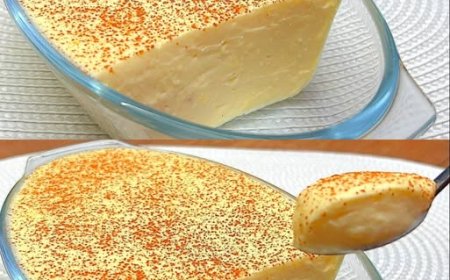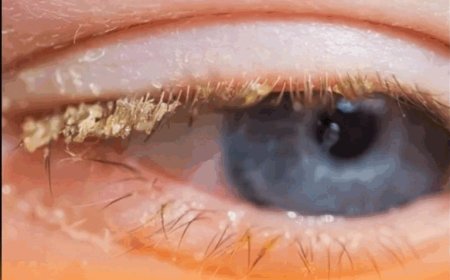The Ancient Secret of Garlic
For most people, garlic is nothing more than a flavorful kitchen staple—an aromatic ingredient that brings depth to soups, stews, and sauces. But throughout history, this humble bulb has carried a far greater reputation. From ancient Egypt and Greece to traditional healers across Asia and the Middle East, garlic has been revered as a medicinal treasure, praised for its ability to fight infections, boost immunity, and restore strength. Today, as modern medicine confronts the rising threat of antibiotic-resistant bacteria, garlic is once again stepping into the spotlight—not as folklore, but as a scientifically supported natural weapon.

3.
The true and transcendental value of garlic in the 21st century lies in its unique ability to combat antibiotic resistance , undoubtedly one of the most pressing public health crises globally.
Dismantling Superbugs (Multi-Resistant Strains)
Many pathogens develop resistance by altering their cell walls, producing enzymes that neutralize the drug, or, worse, building protective structures called biofilms . Compounds in garlic have demonstrated the ability to:
Breaking Down Biofilms: Biofilms are sticky, protective layers that bacteria build around themselves, making them virtually invulnerable to antibiotics and the immune system. Ajoenes , derivatives of
allicin, have shown a remarkable ability to break down these biofilms , leaving the bacteria exposed and vulnerable to other treatments.
Improving Drug Sensitivity (Synergy): In laboratory settings, fresh garlic extract has exhibited a powerful synergistic effect . When combined with conventional antibiotics, it often lowers the Minimum Inhibitory Concentration (MIC) required for the antibiotic to be effective. In other words, garlic essentially ‘resensitizes’ bacteria to existing drug-resistant medications. This opens a very promising avenue for combination therapies that harness the best of both natural and synthetic medicine.
From Petri Strip to Your Table: Practical Application
While the in vitro data on garlic is overwhelmingly positive, it’s crucial to know how to translate that power from a laboratory experiment to a real-world application for your health. The key factor is preparation.
The Method Matters: The preparation process is everything . Allicin is highly volatile and degrades rapidly with heat. The maximum benefit is achieved by crushing or chopping fresh, raw garlic and allowing it to rest for 5 to 10 minutes before consuming it . This waiting time is vital for the enzyme alliinase to “activate” and maximize the production of the compound allicin. Cooking the garlic immediately denatures the alliinase enzyme, drastically reducing its potent antimicrobial effect. Let it “wake up” before using it!
Standardized Supplements: For therapeutic use with precise and guaranteed dosages, standardized garlic supplements are often required (such as aged garlic extract or formulations processed to ensure allicin stability). These are designed to guarantee a consistent dose of active compounds that can survive the digestive process and reach therapeutic levels in the body.
A Complement, Not a Complete Substitute: Although incredibly promising, garlic should never be used as a direct replacement for prescribed antibiotics in cases of serious infection. It is a powerful complementary tool that can be used preventively, as immune support, and as part of a holistic approach under the guidance of a healthcare professional.
Conclusion: The Timeless Guardian in Our Health Arsenal
The popular claim that garlic kills a fixed number of infections is undoubtedly an oversimplification. But, more importantly, that oversimplification points to a profound and irrefutable scientific truth: garlic is one of the most effective broad-spectrum antimicrobial agents nature has created . Its dynamic organosulfur compounds, especially allicin and its breakdown products, are master chemicals capable of deactivating essential bacterial proteins, disrupting DNA, and even dismantling the protective biofilms of superbugs like MRSA.
As the world grapples with escalating antibiotic resistance, this humble head of garlic is no longer just a seasoning; it’s becoming a critical subject of medical research . By honoring and understanding the power of the fresh, raw clove, and backing up its legend with cutting-edge science, we can integrate this ancient warrior into our modern defense against pathogens, securing our health for the future. The conversation isn’t over, but the evidence is compelling: Garlic is a force of nature that, for the sake of our global health , we can no longer afford to ignore.
Would you like me to recommend three simple ways to incorporate raw garlic into your daily diet to maximize allicin production?
























